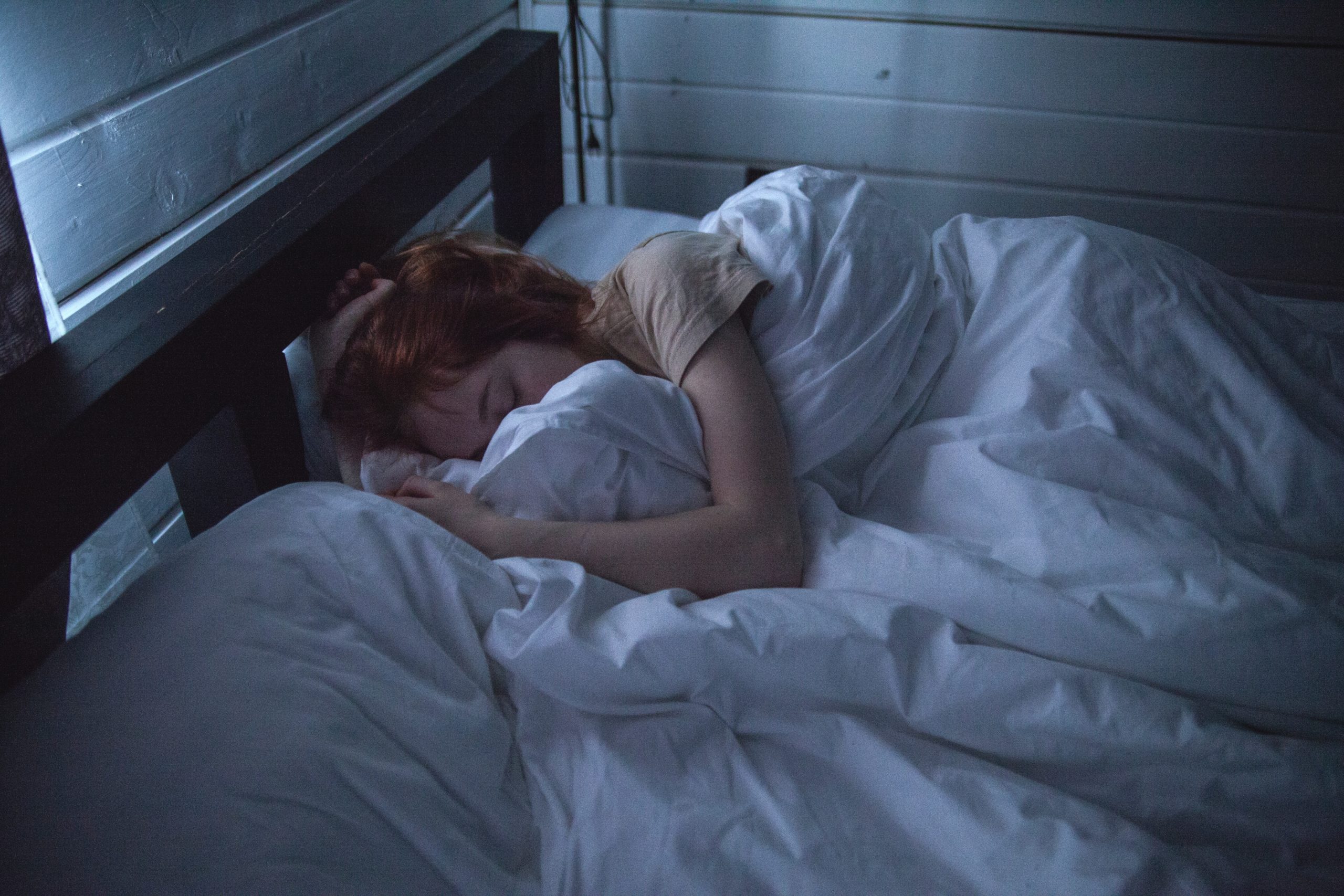Getting a good night’s sleep is an invaluable – and often overlooked – part of everyday life. For persons with sleep apnea, that is especially true. About 12% of US adults have sleep apnea, according to the American Academy of Sleep Medicine. Roughly 3-7% of men and 2-5% of women worldwide suffer from sleep apnea.
You probably have a favorite position you like sleeping in every night. When you factor in that people with sleep apnea are unable to breathe properly during sleep, you’ll quickly understand how difficult finding a comfortable position to sleep can be. So, you may be wondering: what is the best position to sleep in? If you have sleep apnea, we have answers. Read on as we discuss how you can start sleeping more comfortably.
What Is Sleep Apnea?
Sleep apnea is a common sleep disorder affecting millions of people worldwide. Many people experience sleep apnea but do not know it, or have not been formally diagnosed. The most common type of sleep apnea is Obstructive Sleep Apnea (OSA), which describes a partial or complete obstruction of your upper airway during sleep. You should make an appointment with a sleep apnea doctor near you if you experience these symptoms:
- Loud snoring broken by hesitations, gasps and snorts
- Daytime sleepiness or poor sleep
- Feeling unrefreshed after waking up
- Frequent awakenings during sleep
- A choking sensation or gasping after waking up
These Are the Best Sleeping Positions If You Have Sleep Apnea
If you have sleep apnea, what is the best position to sleep in? You’ve waited long enough, here are curated answers from the best sleep apnea doctors near you.
1. Sleeping on Your Left Side
This is by far the most effective sleep position to help control sleep apnea. This is because it encourages blood flow and reduces snoring. Left-side sleepers also experience less severe sleep apnea occurrences, according to the National Library of Medicine.
2. Sleeping on Your Right Side
Maybe sleeping on your left side doesn’t feel natural; that’s okay. Sleeping on your right side is also effective, and much better than sleeping on your back or stomach. Right-side sleeping decreases risk of gastroesophageal reflux disease (GERD) which can aggravate sleep apnea symptoms.
This Is the Worst Sleeping Position If You Have Sleep Apnea
Avoid sleeping on your back if you have sleep apnea. Why? Gravity; soft tissues in your upper airway create upper airway resistance. If you prefer sleeping on your back and can’t make another position work, good sleep apnea doctors near you would likely advise you to try elevating your head to make sleep apnea symptoms less frequent and less severe.
Don’t Leave Sleep Apnea Untreated
OSA can lead to excessive daytime sleepiness, which increases the risk of accidents at work or on the road. You should seek a sleep study near you if you suspect you have OSA because untreated OSA is also linked to cardiovascular diseases, hypertension, heart failure and increased risk of fatty liver disease. Finding a good sleep doctor near you can ensure proper diagnoses and care, which are crucial.
Say Goodbye to Sleepless Nights
Are you ready to make an appointment with the best sleep apnea doctors near you? We can help. At Whitney Sleep, we believe everyone is entitled to good sleep health, strong mental performance and a happy life. We provide sleep apnea tests and source the best CPAP machines and accessories to help you sleep peacefully. Are you considering a sleep study near you? Our team is happy to answer any questions you may have about sleep apnea and schedule a convenient sleep consultation. If you are experiencing chronic sleep deprivation, reach out to us now to make an appointment for a sleep study near you.

